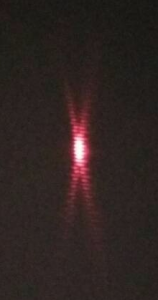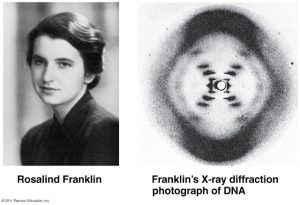My first career goal in 2018 is to acquire new skills through undertaking the CASAP.
So what is CASAP?
CASAP stands for Certificate in Advanced Studies in Academic Practice.
It is an academic programme for those who are involved in the learning and teaching in higher education industry.
CASAP is usually offered in our main campus at Newcastle upon Tyne. But thankfully, it can be arranged for distance learning through an online teleconferencing platform via Adobe Connect.
CASAP is basically a three-module programme (each module has 20 credits) that can lead to recognition with the Higher Education Academy of the UK under the UK Professional Standards Framework (UKPSF).

Upon completion of the first module, one can be awarded an Associate Fellowship of HEA. Successful completion of the second module can lead to Fellowship of the HEA. And when one completed all three modules, CASAP will be awarded.
The first lesson officially starts today. Hopefully it will be a mind-opening journey for me!


